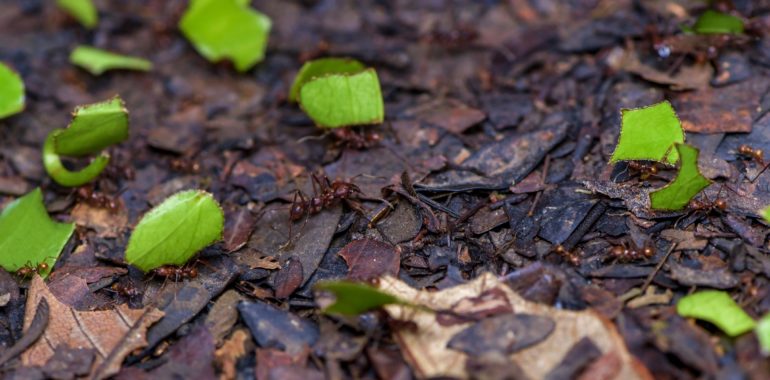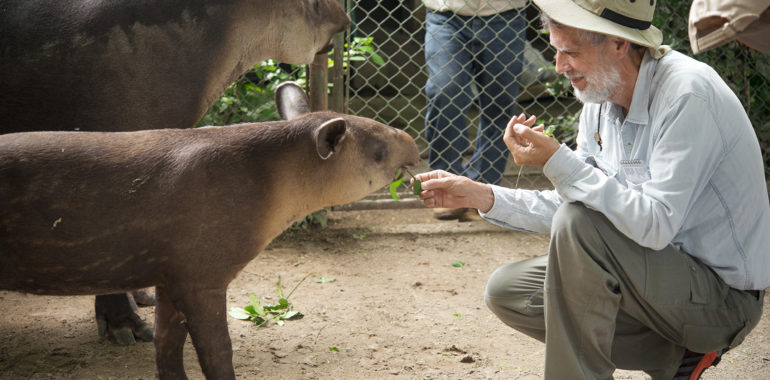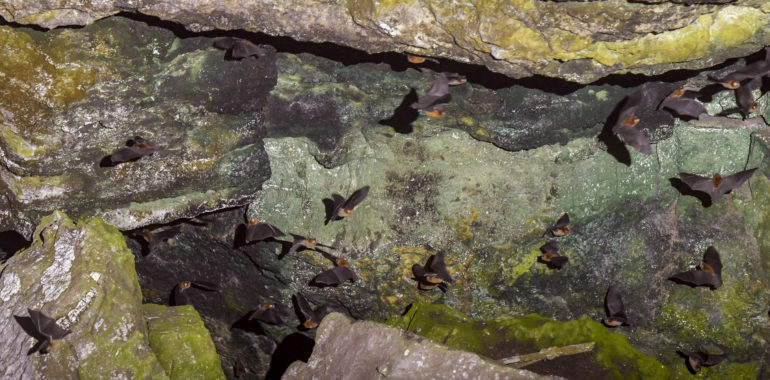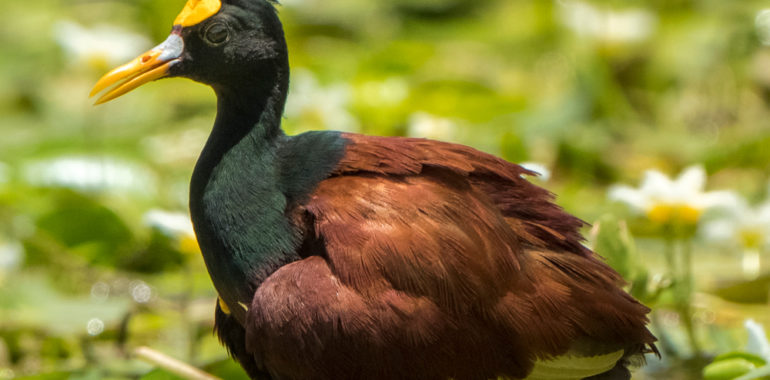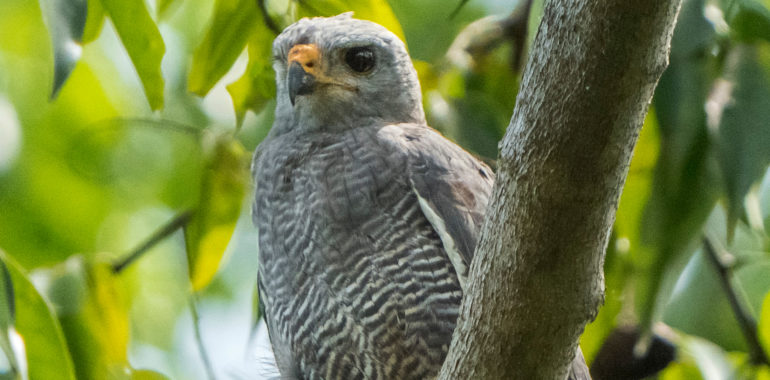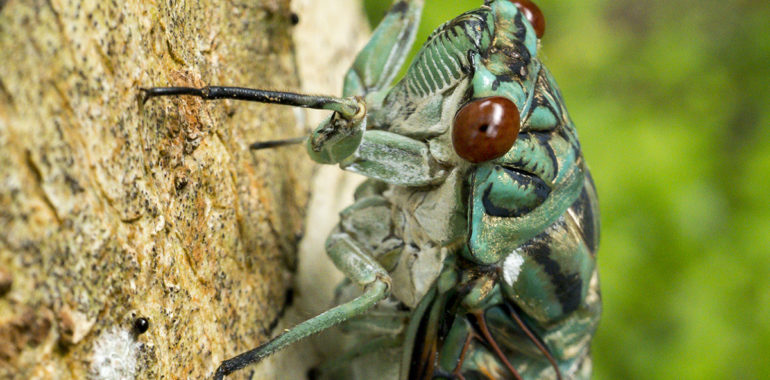The well-known zompopo de mayo in Guatemala is an ant species that belongs to the leafcutter and fungi cultivator ant group in the Atta genus. In that sense, these are the ants that can be frequently seen forming rows and carrying leaf trimmings. The colonies of these ants are conformed by worker ants of different…
Introduction to Mammals and the 5 Felines of Guatemala
Do you want to know more about the mammals and the five felines of Guatemala? These conferences are what you were looking for. Sign up here to receive the ZOOM link: Sign up We are waiting for you on Wednesday May 25th and Thursday May 26th via Facebook Live or ZOOM at 6:00 pm (Guatemala…
World Tapir Day
In Guatemala, the Central American tapir is known as danto or danta in Spanish, tixl in Q’eqchi’, tucumbalan in K’iche’, tix in Poqomchi and tzimin in Jakalteko. The Mayan cosmogony tells that the gods created humans from the mixture of corn dough with snake and tapir blood, so these animals were sacred in such a…
Discovering “El Zotz”: Bats and Mayan culture
In February of this year, we had the opportunity to visit the Biotopo Protegido San Miguel La Palotada El Zotz as part of our ongoing Biodiversity Documentation project in La Reserva de la Biósfera Maya. The Biotope is located in the municipality of San José, Petén, 584 km from Guatemala City and 65 km from…
Migratory birds: A special dynamic in the world
On October 12, World Migratory Bird Day was commemorated. This is a very important annual campaign to promote global awareness and conservation of migratory birds and their habitats. Migratory birds play an important role in the ecological dynamics of the sites they visit, as they are important predators of insects and vertebrates, dispersers of seeds,…
Praying Mantis in Chocon Machas River, Livingston
While the team of photographers took pictures of a yellow flower on the shore of Chocón Machacas River, I noticed that something yellow was moving on a plant next to us. It was a yellow mantis moving from one leaf to another. Photographers were interested in this insect because we have rarely seen it. Here…
Aquatic birds in Livingston: Janaca (Jacana spinosa)
In El Golfete, Livingston you can find an aquatic garden, also known as a botanic garden, a magical place where you can find many water lilies, Nymphoides indica and Nymphea ampla. It is a very photogenic place! While we were taking pictures of the water lilies we saw a Jacana (Jacana spinose) that in the…
Gray lined Hawk (Buteo nitidus) a raptor bird seen at Lampara River
In a tall Cahue tree that was in Lampara River in El Golfete, Livingston, Izabal, during the September expedition we saw a gray lined hawk. It is the first time we have photographed it during the Livingston Biodiversity Project. It was calm and allowed itself to be photographed very well. Buteo nitidus is an extremely…
Cicadas: The singers of the forest
It is very likely that during a walk through the forest you have heard the sound of thousands of cycads singing. Although they are rarely observed because they are mainly found in the treetops (or because some manage to camouflage themselves very well with the color of the barks from the trees) we can hear…
Celebrate the biggest feline of America
The Jaguar (Panthera onca) is one of the most frequently encountered images in Mesoamerican art and iconography, in either naturalistic, stylized, or anthropomorphic form. Art is one of the ways in which people represent how they conceive of themselves, and their place in the world The appearance and frequency of jaguar motifs, as with any…

